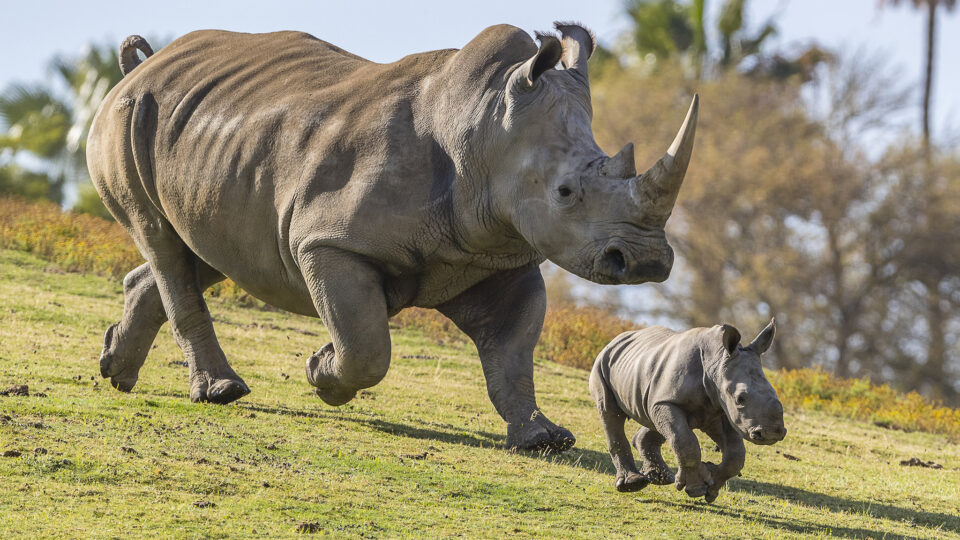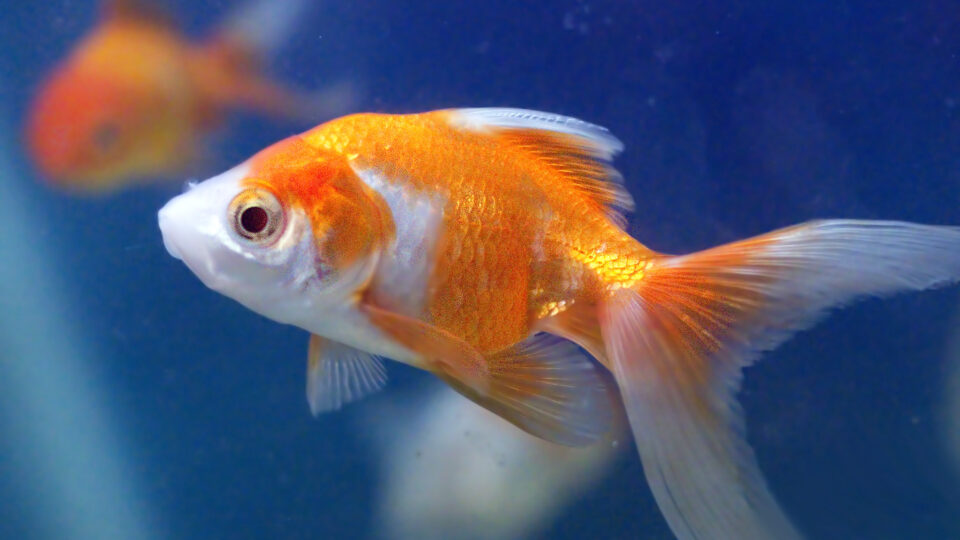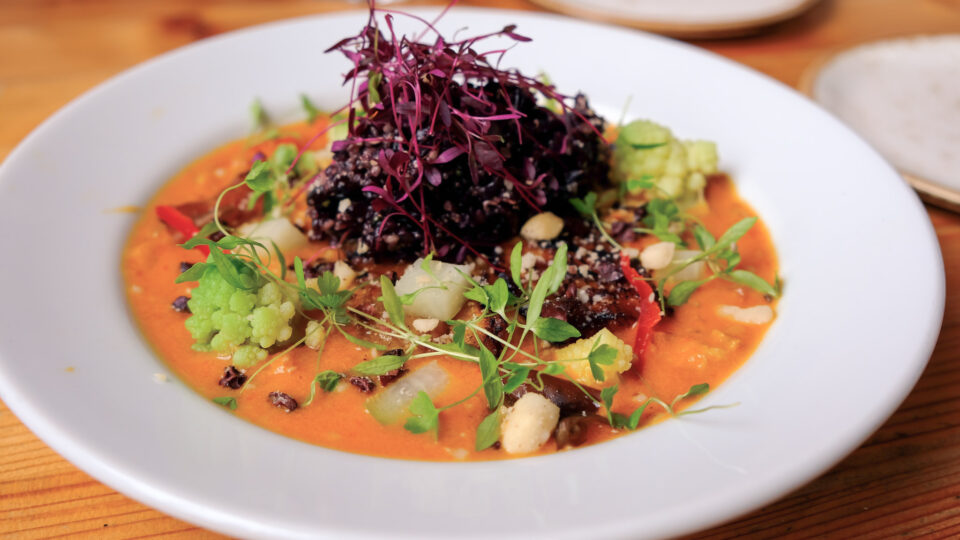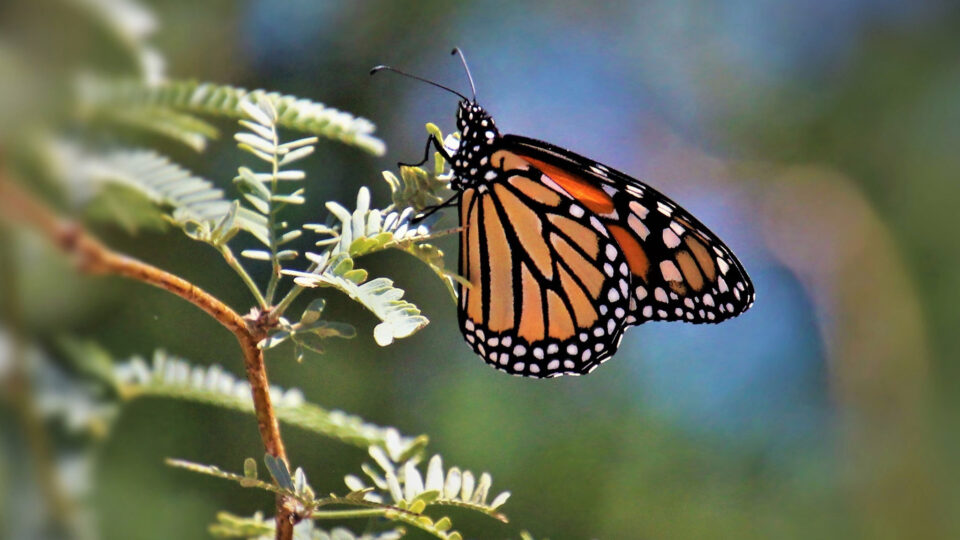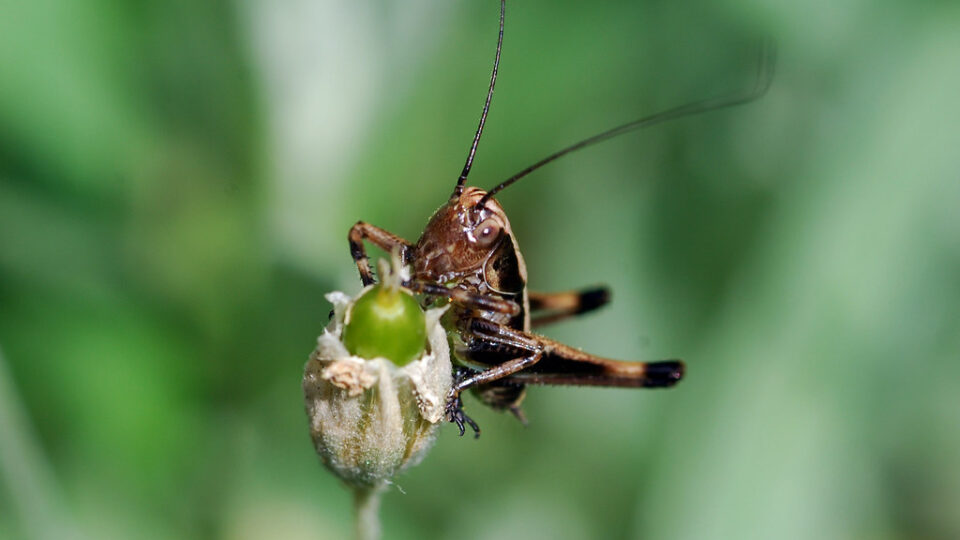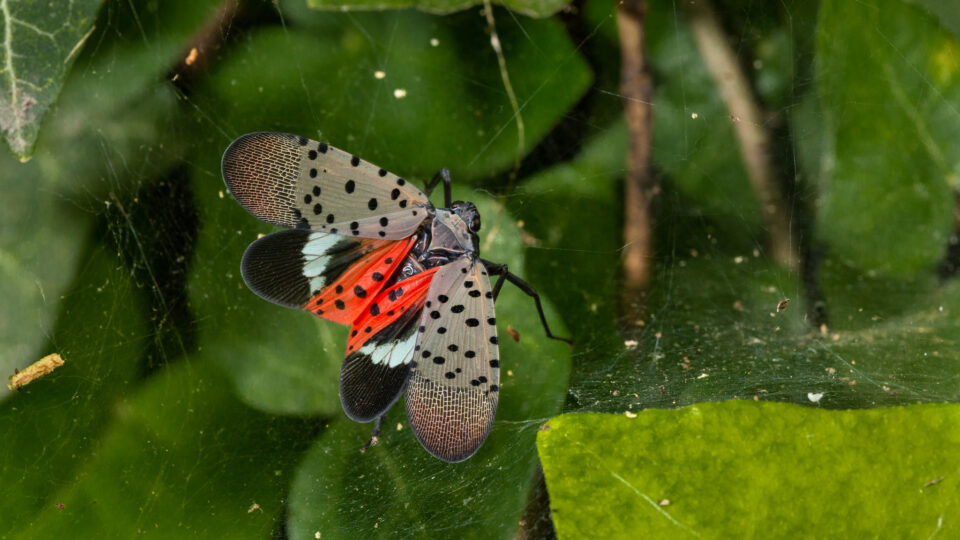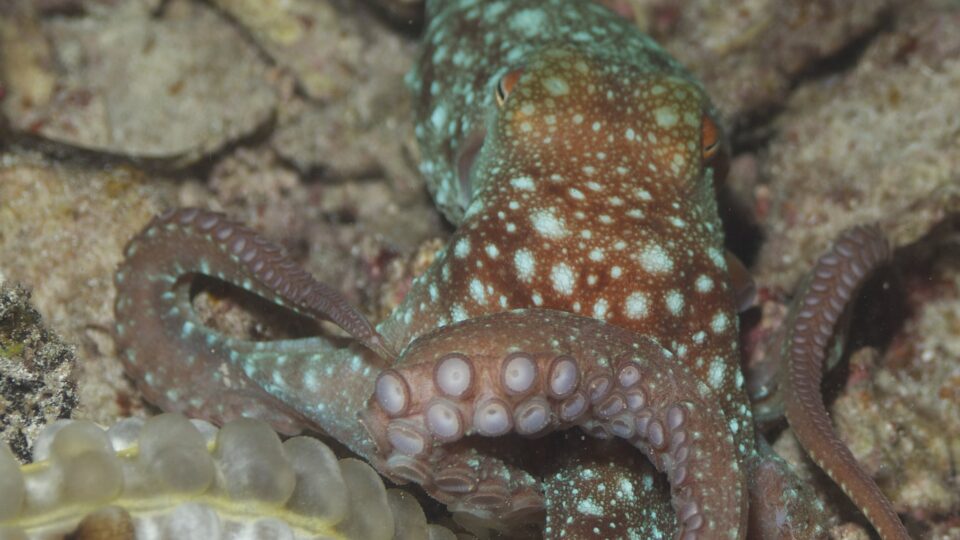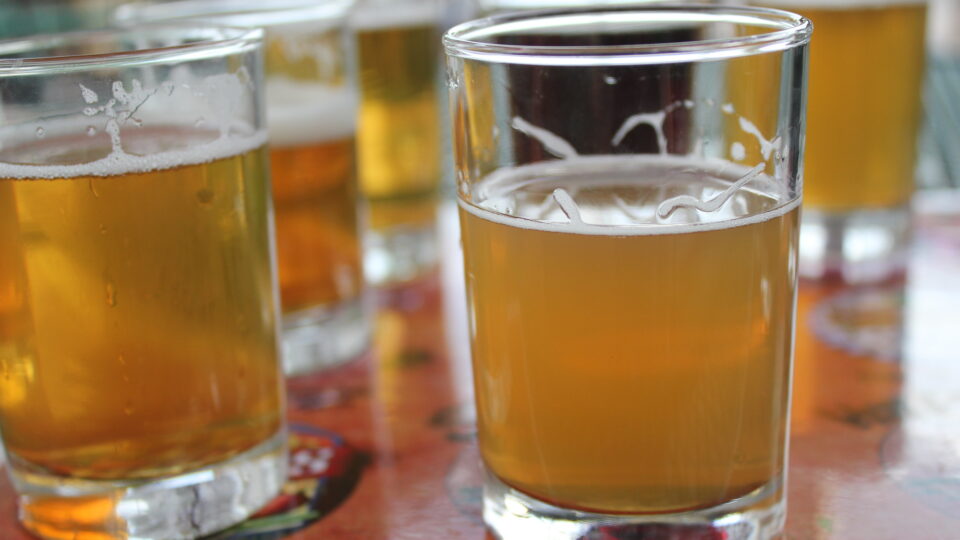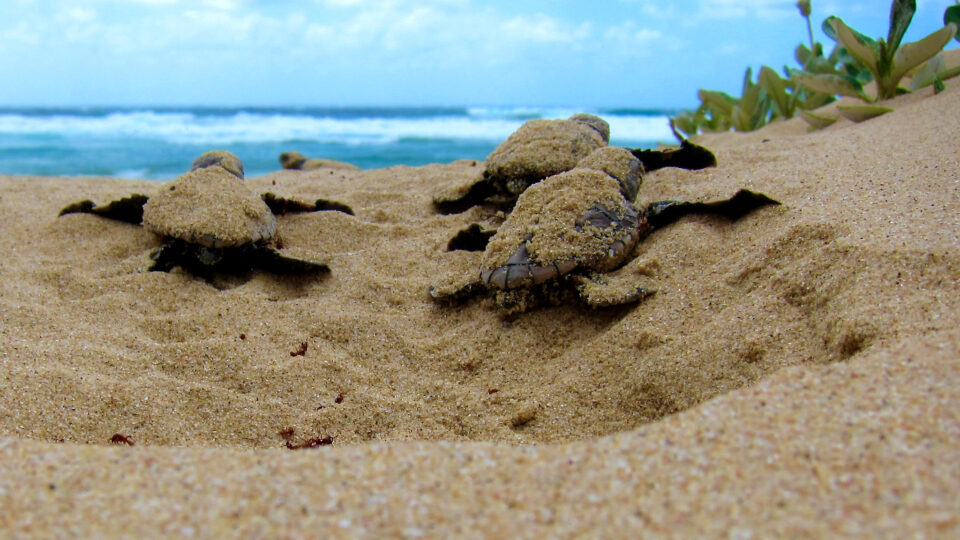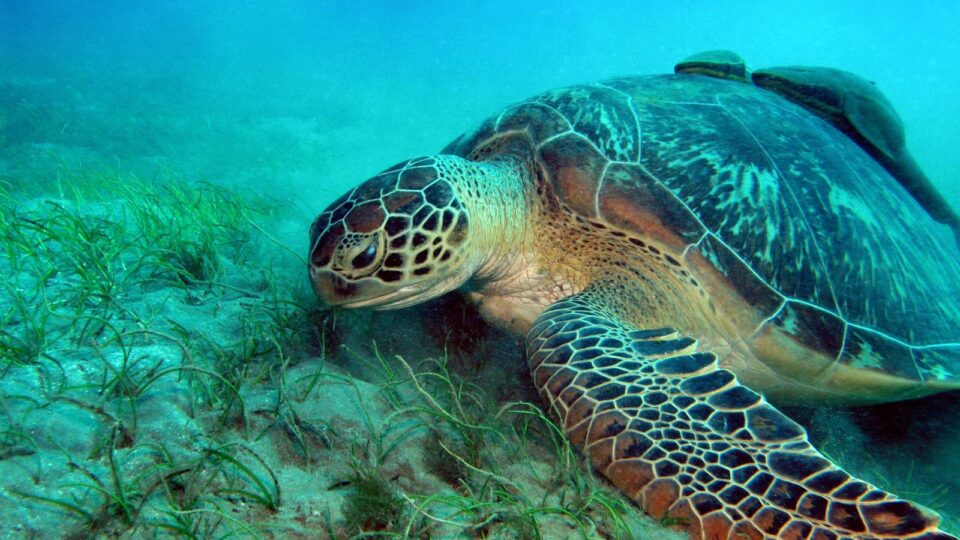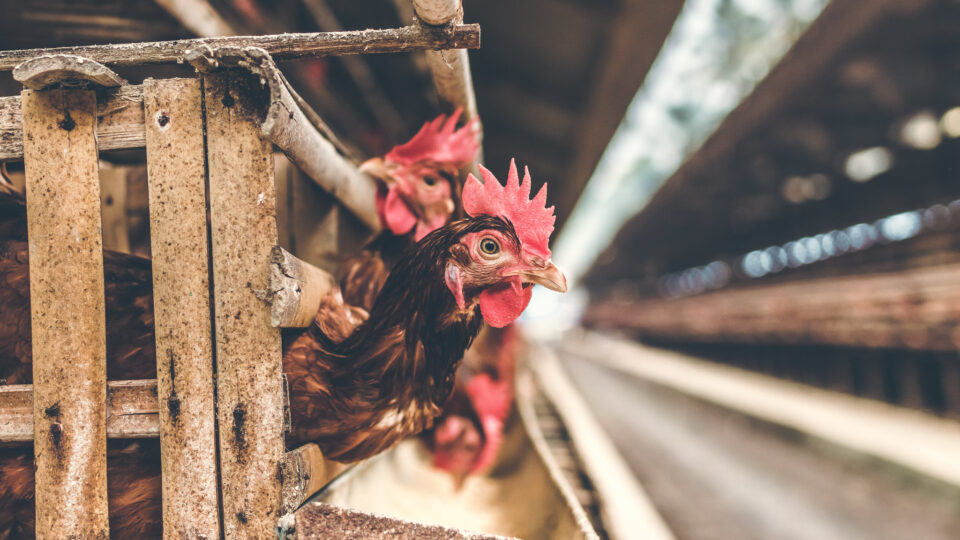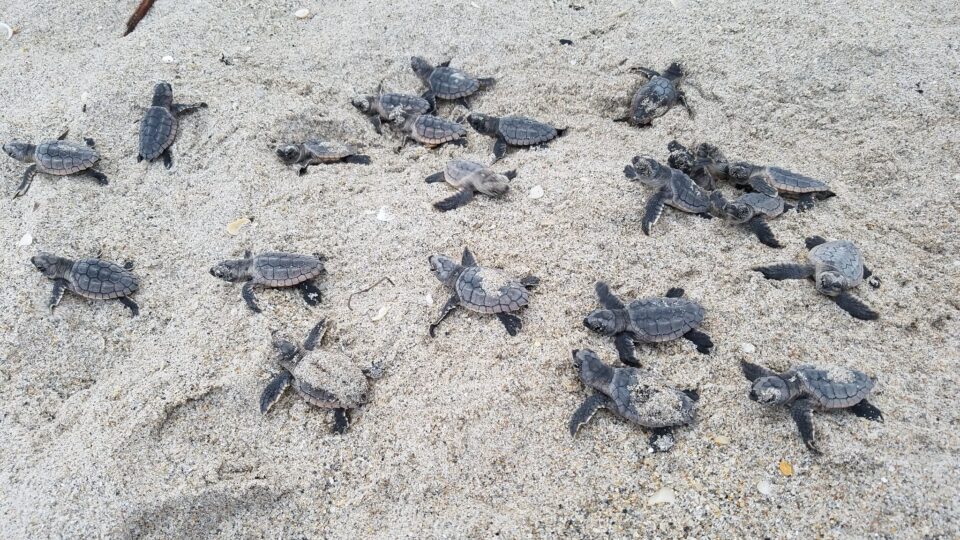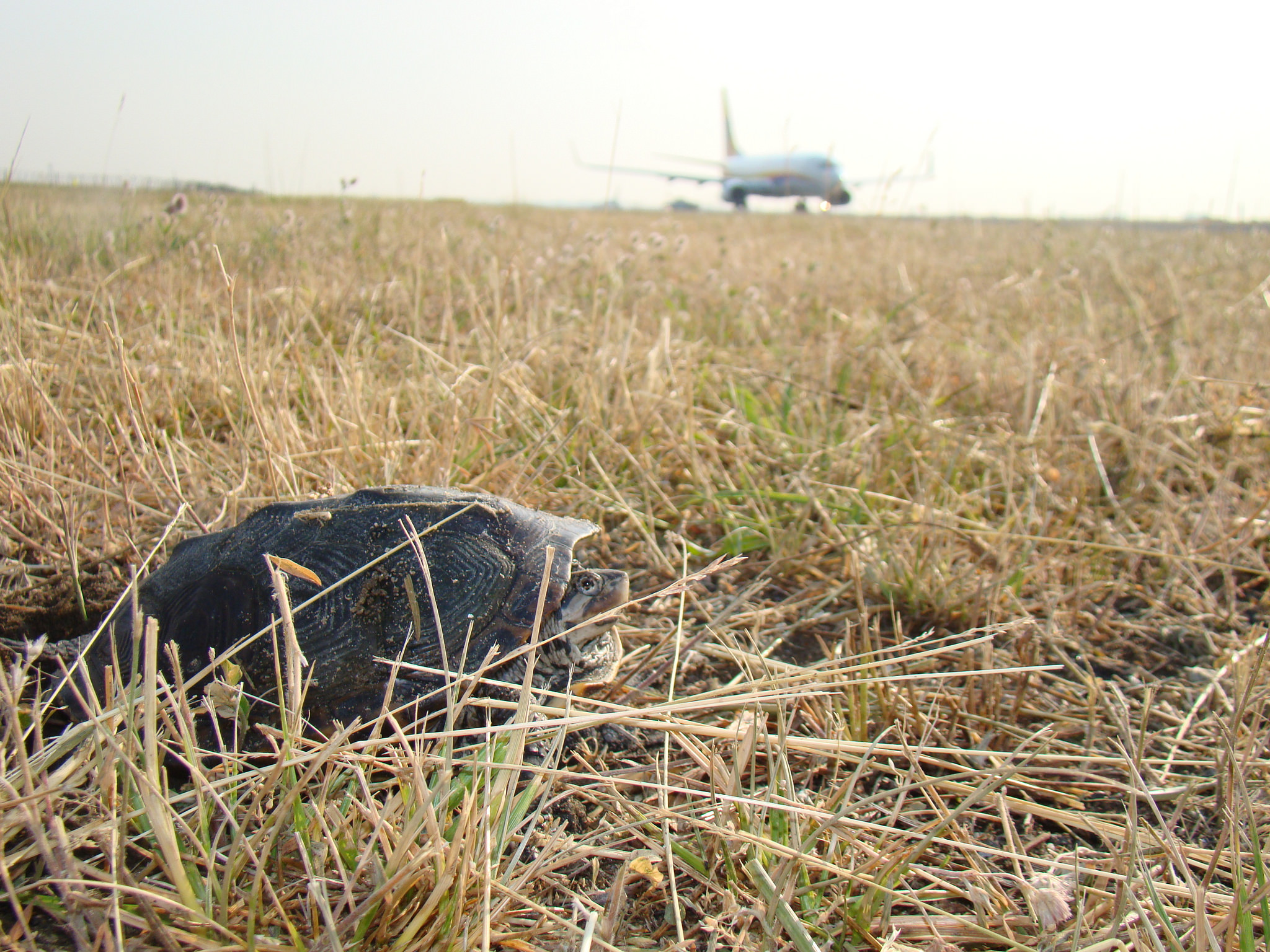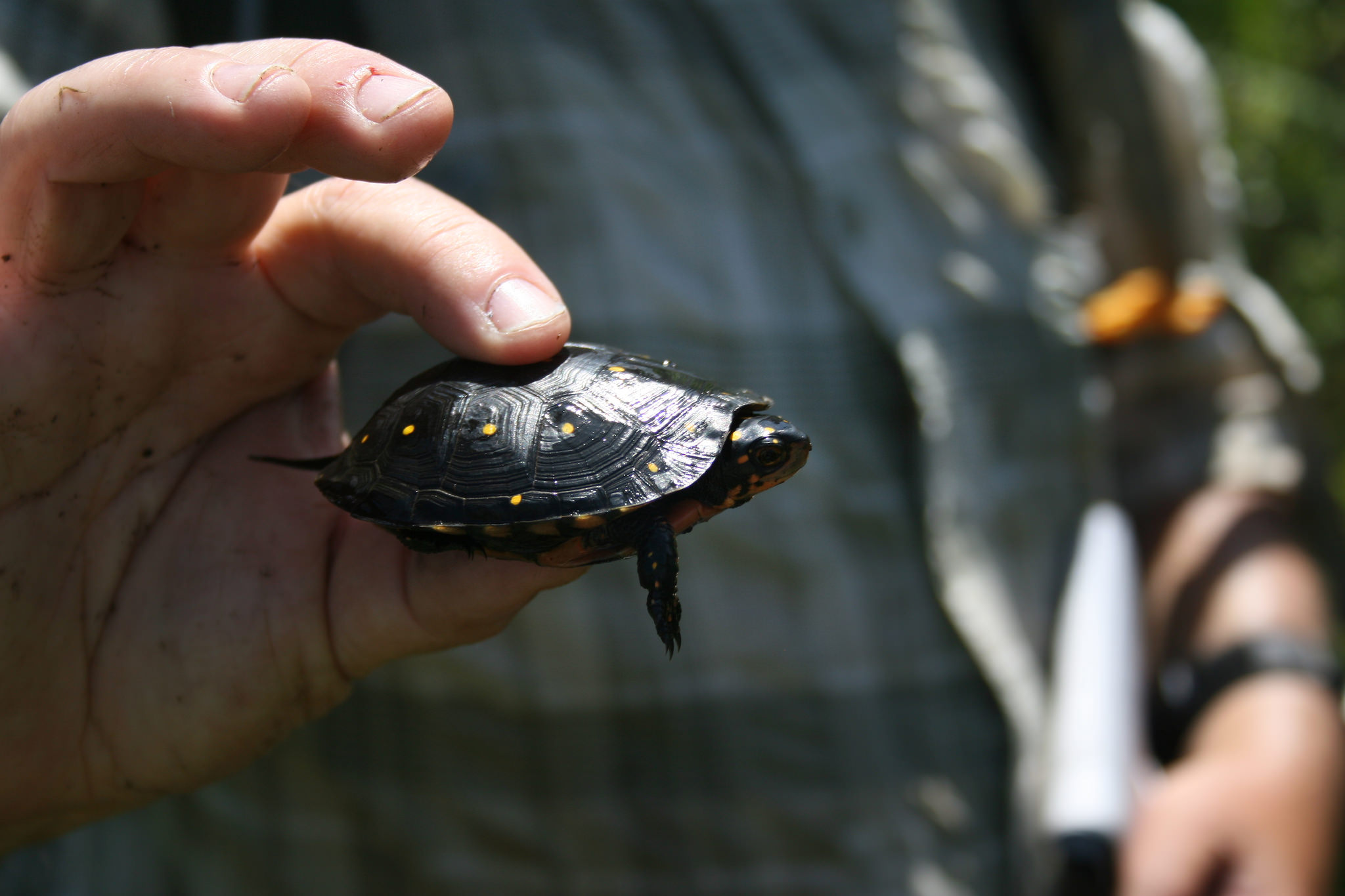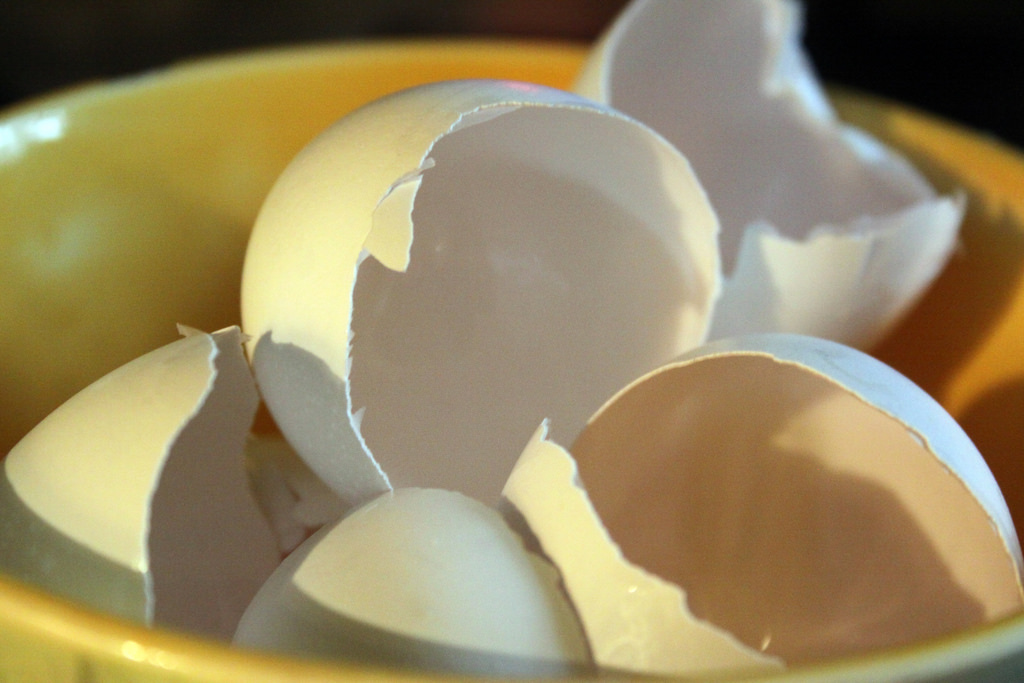There are only two northern white rhinos left in the world, and both of them are female. The last male died in 2018. Northern white rhinos live to about 40 and one of the two remaining is 35 and the other 24. The clock is ticking for the species.
Recently, scientists with the BioRescue consortium successfully used in vitro fertilization to impregnate a southern white rhino. It was the world’s first IVF rhino pregnancy.
There is now some hope that IVF could be used to produce more northern white rhinos. For various medical reasons, neither of the remaining two female rhinos can serve as a surrogate mother. But there is a plan B.
For a number of years, BioRescue has been creating northern white rhino embryos with eggs from the remaining females and sperm that was collected from males before they died. There are now 30 northern white rhino embryos in cold storage, and they are continuing to produce more.
The recent success with the southern white rhino IVF provides hope that southern white rhino females can act as surrogate mothers with implanted northern white rhino embryos. The species are similar enough that it should work.
The plan is to select surrogates and implant them. This should happen this year. A rhino pregnancy lasts 16 months. If this is successful, there could be northern white rhino babies in two or three years. The scientists want the offspring to live with the surviving northern whites for years to learn the social behavior of its kind.
It is possible that these gentle, hulking creatures may get a new lease on life.
**********
Web Links
Just two northern white rhinos are left on Earth. A new breakthrough offers hope
Photo, posted September 16, 2017, courtesy of San Diego Zoo Safari Park via Flickr.
Earth Wise is a production of WAMC Northeast Public Radio
